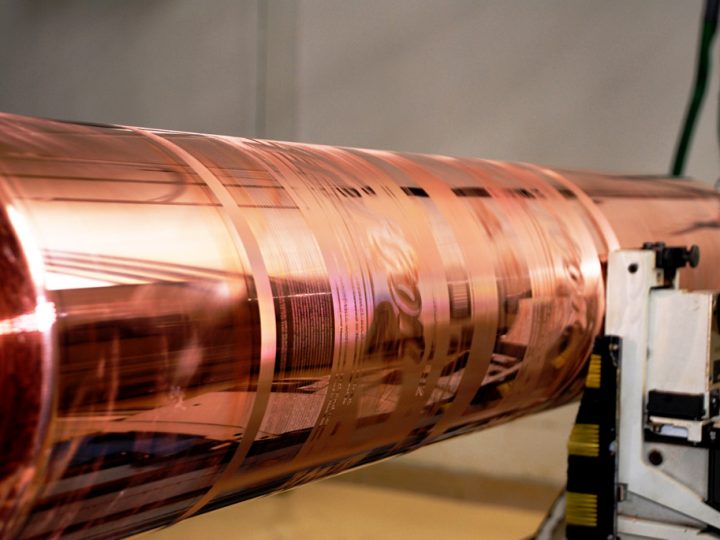PRE-PRESS TIPS
A lot of designers think CMYK is the way to go when designing for print. We will, of course, always use CMYK-based ink, but this does not mean you have to work with CMYK files. You can work with RGB images to perfectly optimize your print colors and save a great deal of time in the process.
Use RGB Color Mode For Photoshop Images
For several of the following tips to work, you will have to create and save all of your Photoshop images and artwork in RGB color mode. If you’re a veteran designer, you probably think this goes against what you’ve been taught, which is to use CMYK color mode. Well, technology has come a long way, and nowadays RGB color mode is better because it produces a wider range of colors and allows you to use one image for several media, including print and Web.
Think of it this way: RGB colors (red, green, and blue) are created with light. That’s why your computer monitor and TV use RGB colors to produce its fantastic range of colors. CMYK colors (cyan, magenta, yellow and key, or black), on the other hand, are created by putting ink to paper. “Ink-on-paper colors” will never be as bright or saturated as the colors on your computer screen or TV, no matter how much ink you add to the paper. So, to get the widest range of colors possible, you need to save all of your Photoshop files in RGB color mode. Most of the time, you won’t even have to think about it, because almost every photographer will supply you with RGB images. All you have to do is keep them in that mode.
range of colors. CMYK colors (cyan, magenta, yellow and key, or black), on the other hand, are created by putting ink to paper. “Ink-on-paper colors” will never be as bright or saturated as the colors on your computer screen or TV, no matter how much ink you add to the paper. So, to get the widest range of colors possible, you need to save all of your Photoshop files in RGB color mode. Most of the time, you won’t even have to think about it, because almost every photographer will supply you with RGB images. All you have to do is keep them in that mode.
Specify The Right Color Settings
To successfully use an RGB image in Adobe InDesign, you first need to specify the appropriate color settings. Fortunately, Adobe has made it really easy for you to specify the right settings and quickly apply them across its Creative Suite. This is where Adobe Bridge comes in.
To specify a color setting in Adobe Bridge, choose Edit → Creative Suite Color Settings and then select your region: either “North America Prepress 2,” “Europe Prepress 2” or “Japan Prepress 2.” If your region isn’t displayed in the dialog box, select “Show Expanded List Of Color Settings Files” at the bottom of the dialog box. After clicking “Apply,” the setting you have specified will be applied to Adobe InDesign, Photoshop, Illustrator and Acrobat.
Ditch Photoshop EPS Files And Use PSD Files Instead
After your images and artwork have been saved in RGB color mode and you’ve specified the right color settings, it’s time to start designing. Do you still keep a copy of your native Photoshop (PSD) files and save TIFF or EPS versions, which you then import into InDesign? If so, you’re missing out on some valuable opportunities.
If you’ve been using InDesign for a while, you probably already know that it honors transparency effects in PSD files, but that’s not all. When you import PSD files, InDesign also honors clipping paths, spot colors, alpha channels, duotone colors and vector information (such as Smart Objects). You can even access all the layers in a PSD file by selecting “Show Import Options” when you import an image or choosing Object → Object Layer Options after importing an image. With all of these time-saving opportunities, saving all of your Photoshop images in the PSD file format is a no-brainer.



